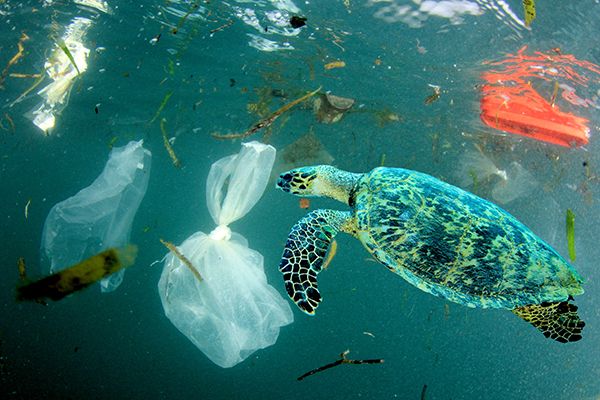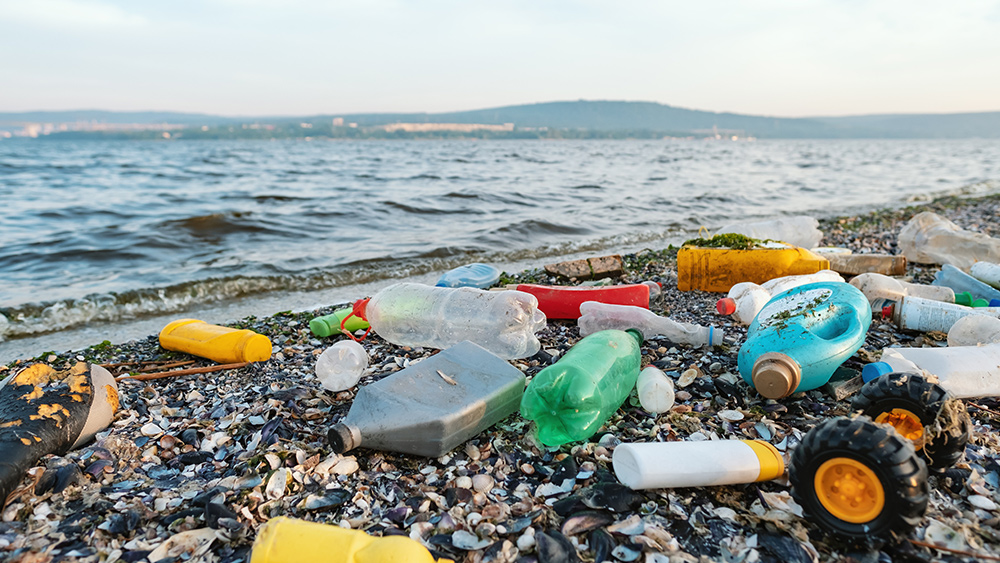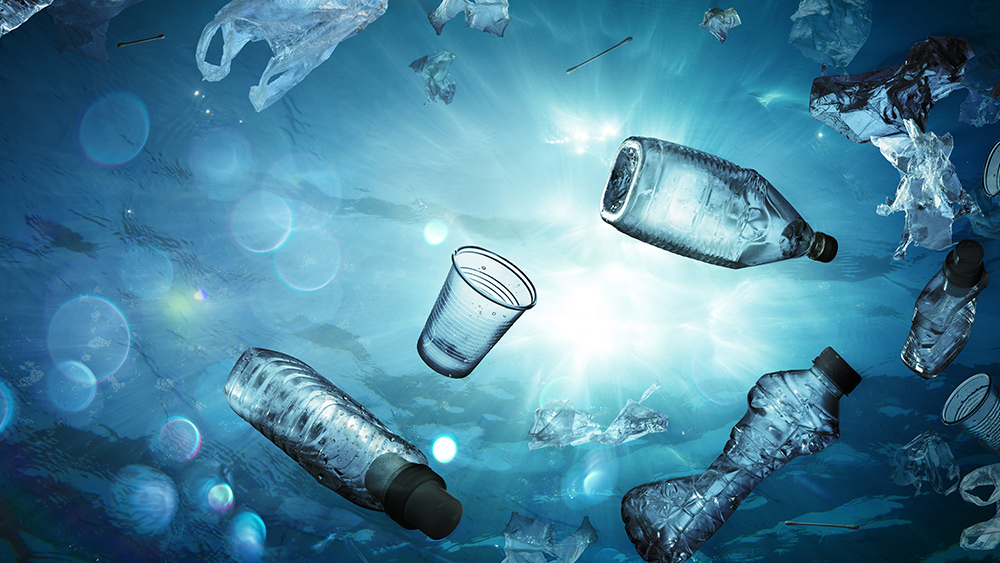
The results of their research showed that most of the surface waters in the Arctic Polar Circle were "slightly polluted" with plastic waste, with an "abundant and widespread" amount in the Greenland and Barents seas. They estimated the total load of floating plastic in the Arctic Ocean to be between 100 to 1200 tons, setting the mid-range estimate to 400 tons of about 300 billion pieces of plastic. According to the paper, 95 percent of the total load is confined to the two seas, making that region of the Arctic Ocean a "single, dominant, high-accumulation zone for floating plastic debris".
“It’s only been about 60 years since we started using plastic industrially, and the usage and the production has been increasing ever since,” the study's co-author, Carlos Duarte, was quoted as saying in a report on WashingtonPost.com. “So, most of the plastic that we have disposed in the ocean is still now in transit to the Arctic.”
Plastic oceans and lakes
Plastic pollution reaching the Arctic Ocean feels almost like the final nail in the coffin as bodies of water around the world continue to fill up with non-biodegradable waste. The documentary A Plastic Ocean sheds light on just how much it affects marine life. According to PlasticOceans.org, eight million tons of plastic are dumped into the water annually, affecting wildlife as well as food sources even as the use of plastic products continues largely unchecked. The volume of plastic in the ocean is such that in some oceans around the world, plastic particles outnumber plankton 26:1.
At the same time, an earlier report on NaturalNews.com revealed that plastic pollution is affecting inland bodies of water as much as it affects the ocean. According to the report, bits of microplastic have been found in the Great Lakes of North America, particularly in Lake Michigan. Apart from being unsightly, these plastics also carry toxic chemicals and bacteria that can harm humans as much as aquatic life.
Scientists and engineers are scrambling to come up with innovations to alleviate the ongoing plastic problem. Some brands have incorporated recycled plastic waste into wearable items such as shoes and clothes, while others have used them as an asphalt enhancer for roads. While a more impactful solution has yet to be seen, these smaller actions may still prove helpful in stemming a problem that could very well lead to catastrophic consequences if left unchecked.
For more news like this, visit WaterWars.news.
Sources include:
Please contact us for more information.























